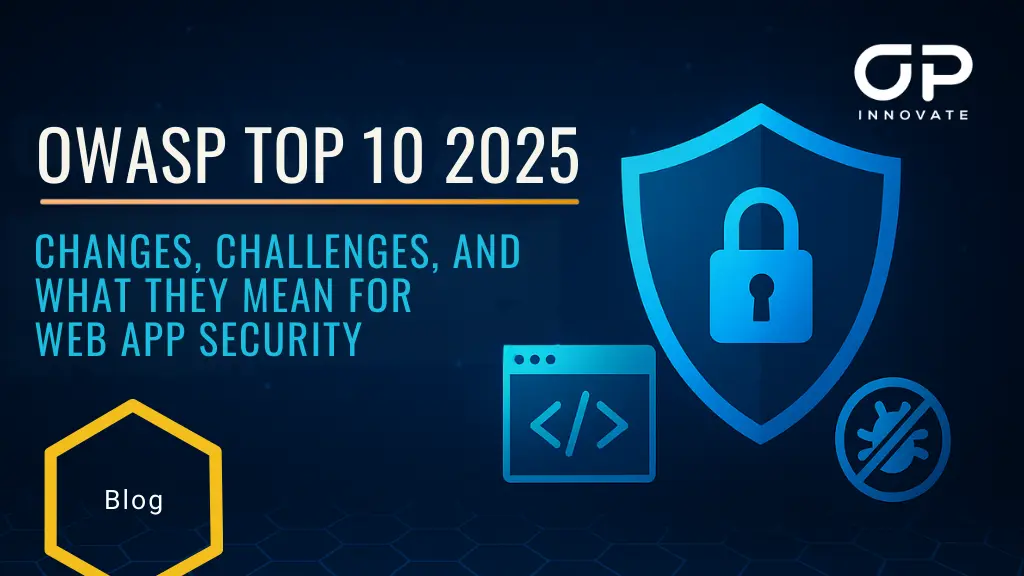
Ensure your mobile applications are continuously secured with the combined power of expert manual penetration testing and cutting-edge automated penetration testing and Attack Surface Management (ASM).
Mobile Application Penetration Testing
Learn MoreStay one step ahead
Discover how Mobile Application Penetration Testing can be a game-changer for your organization.

Continuous expert-level Penetration Testing for your Mobile Applications including both Android and IOS

Constantly monitor and reduce your attack surface

Feed vulnerabilities data directly to your dev workflow and reduce mean-time to remediation (MTTR)

Manage your security validation efforts efficiently and dynamically with self-service coverage management, automated instant report and credit-based flexible allocation




Complete Mobile Application Security With Hybrid Automated and Manual Penetration Testing
We combine routine pen test sprints run by our CREST-certified offensive security team with our innovative WASP platform, offering continuous scanning and reconnaissance, ensuring your organization is secure while saving time and maximizing your resources.
Our hybrid Mobile Application Penetration Testing approach offers the best of both worlds, leveraging the efficiency of automation while harnessing the expertise of human testers. This combination ensures a comprehensive evaluation of your system’s security, providing you with accurate, actionable results that match your threat landscape.

Mobile Application PenTesting Performed by our Expert Cybersecurity Team
When it comes to mobile penetration testing, you want the expertise of cybersecurity pros. With their experience and knowledge, they can see things from an attacker's perspective and find vulnerabilities that others might miss.
Certifications











If you have vulnerabilities, we will find them
With our Mobile app pentesting, you benefit from the integration of advanced vulnerability management and cyber analytics. Our cybersecurity team members are experts at finding exploitable vulnerabilities. As part of our Mobile Application Pentesting service we offer:
Mobile Penetration Testing requires unique considerations compared to Web App Pentesting
Aspect | Web Penetration Testing | Mobile Penetration Testing |
|---|---|---|
Platform Diversity | Limited to web browsers and servers. | Involves multiple operating systems (iOS, Android), device types, and network configurations |
Attack Surface | Focuses on web applications, APIs, and servers. | Encompasses mobile applications, device hardware, and network protocols. |
Authentication Mechanisms | Typically involves username/password, session tokens, OAuth, etc. | Involves various authentication methods such as biometrics, device-specific authenticators, OAuth, etc. |
OS Permissions | Not typically an issue, except for browser permissions. | Testing involves scrutinizing permissions granted to mobile apps (camera, contacts, location, etc.) |
Hardware Interaction | Minimal focus on hardware integration. | Testing may involve security of hardware components like biometric sensors, NFC, etc. |





Key Features of our Mobile Application Penetration testing
With OP Innovate mobile app pen test services, you get continuous penetration testing and streamlined remediation. WASP provides contextual risk scoring, allowing you to prioritize vulnerabilities effectively.

Report at your fingertips
With WASP you have an interactive report at your fingertips and can easily access it for continuous pen testing and streamlined remediation. This automated penetration testing suite provides agility in your business logic and workflow, allowing you to stay ahead of potential vulnerabilities.
The report provided gives you critical insight and analysis, allowing you to enhance the detection of complex vulnerabilities. With this level of agility and continuous monitoring, you can prioritize remediation and ensure the security of your systems.
Unlike traditional annual penetration testing, which can be labor-intensive and expensive, OP Innovate offers security services that align with the software development lifecycle and your security budget. By combining automation and human assessment, we ensure a comprehensive assessment of your systems.

Get started with Penetration Testing for your Mobile Application Today
Uncover your most critical vulnerabilities and logic flaws before an attacker does. Based on OWASP top 10, test for exploits in web applications, APIs, and thick client apps, leveraging attackers' Tactics, Techniques, and Procedures (TTPs).
Explore

Related Resources
SonicWall SMA 1000 Privilege Escalation: CVE-2025-40602
Threat actors are actively exploiting a privilege escalation vulnerability affecting SonicWall Secure Mobile Access (SMA) 1000 series appliances. The vulnerability, tracked as CVE-2025-40602, stems from…
Read more >

Active Exploitation of Fortinet FortiCloud SSO Authentication Bypass (CVE-2025-59718 & CVE-2025-59719)
Threat actors are actively exploiting two critical authentication bypass vulnerabilities in Fortinet products by abusing FortiCloud SSO functionality. The flaws, tracked as CVE-2025-59718 & CVE-2025-59719…
Read more >

Apple WebKit Zero-Day Exploited in Targeted Attacks (CVE-2025-14174)
Apple has released emergency security updates to address CVE-2025-14174, a zero-day vulnerability in WebKit that has been actively exploited in the wild as part of…
Read more >

React2Shell (CVE-2025-55182): Critical React RCE With Active China-Linked Exploitation
CVE-2025-55182, also known as React2Shell, is a critical unauthenticated remote-code-execution vulnerability in React Server Components (RSC) that allows attackers to execute arbitrary code on the…
Read more >

OWASP Top 10 2025: Changes, Challenges, and What They Mean for Web App Security
The Open Web Application Security Project (OWASP) has released an updated OWASP Top 10 list for the first time in four years. This list is…
Read more >

Securing Active Directory: Lessons From the Field
Active Directory interconnects users, devices, and servers in an enterprise, making it a high-value target for attackers. A breach in AD can grant adversaries the…
Read more >







